Steel
CARBON STEEL IN ART & ARCHITECTURE
*Although we do not offer supply only sheets of steel, we are happy to custom fabricate based upon your project’s needs. We selectively partner with vendors offering the highest quality materials available in many sizes and thicknesses. Please call for details.
Steel is usually considered a utilitarian material, better used as a skeleton, hidden from view by the beauty of another material. However, steel can be a very intriguing surfacing material under the right conditions — and with the right alloys.
When steel is first manufactured, its mill-finish has a blue-gray appearance. Steels, if exposed to moisture in liquid or gaseous state, will develop the characteristic red rust. If exposed to heat with chemicals, it can be blued or blackened. The surface can be polished, distressed, oiled, stained, and enhanced in ways many other metals only try to duplicate. Steel can be treated with wax or oils or they can be coated to maintain the surface finish and resist corrosion.
While stunning in its possibilities of finish, steel brings difficulty in protecting these tones as weather and atmosphere pose challenges. The problem to overcome with steel is its ever-changing, ever-deteriorating nature. Steel’s natural oxide is soluble and thus it continues to seek oxygen and water until only dust remains.
There are a number of steel alloys, some of which offer greater permanence, such as weathering steel. Weathering steel is also known as the product name “CORTEN” as well as copper-bearing steel for its copper alloying constituent.
Weathering Steel can be pre-weathered to reach deep and blues and maintain a more stable appearance and reduced staining. If your desire is a deep rusted aesthetic, this material provides a solution to the age-old issue of the deterioration of steels and bleeding of weathering steels.













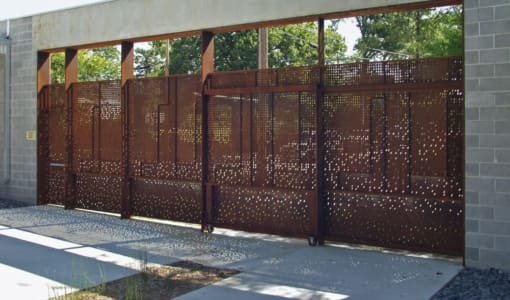
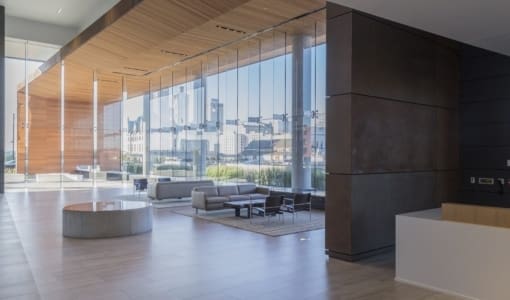





 PHOTO ©️ Parrish Ruiz de Velasco (parrch.com)
PHOTO ©️ Parrish Ruiz de Velasco (parrch.com)



 © Fedora Hat Photography
© Fedora Hat Photography Photo by Andre Sigur | ARKO
Photo by Andre Sigur | ARKO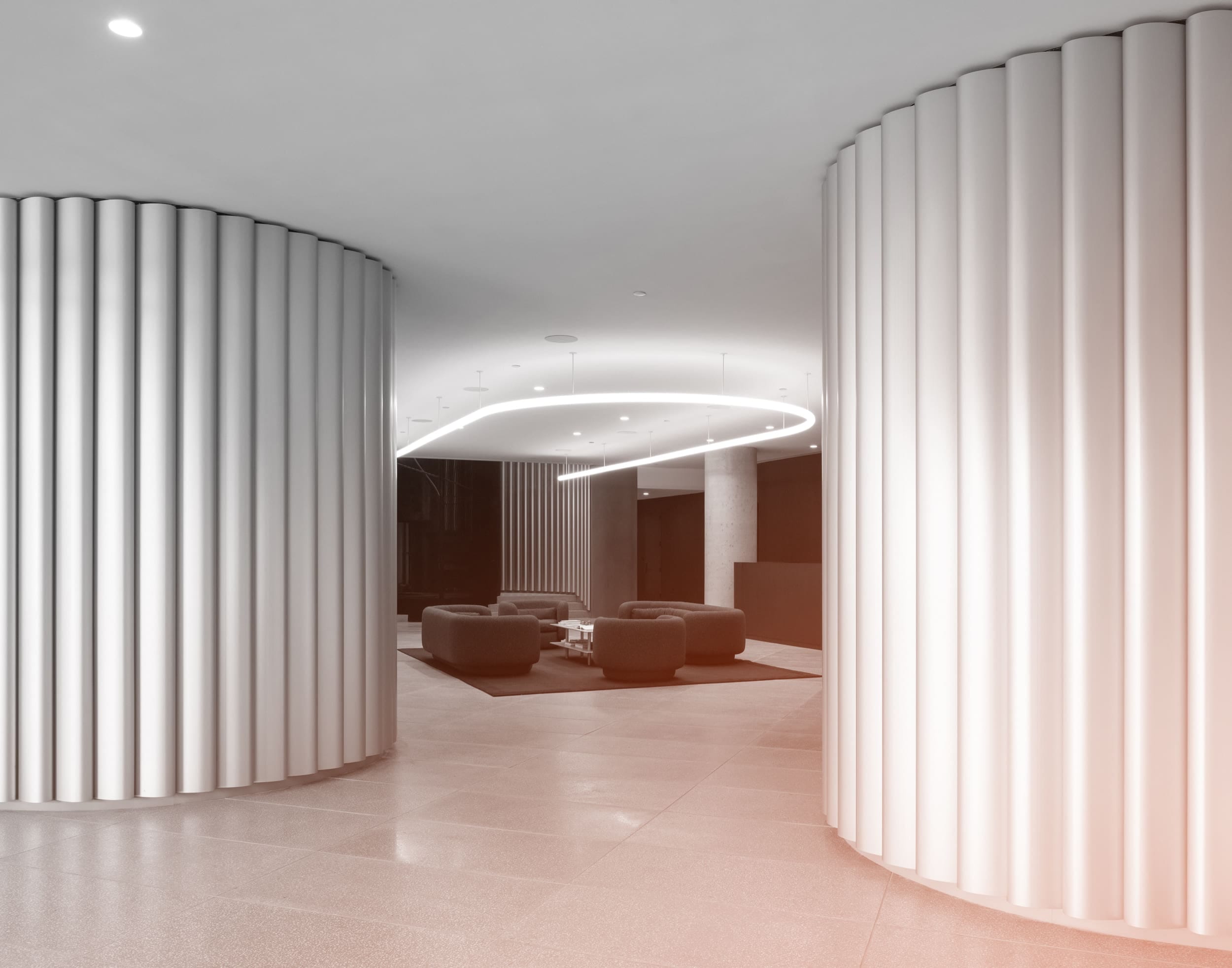 PHOTO © NAHO KUBOTA
PHOTO © NAHO KUBOTA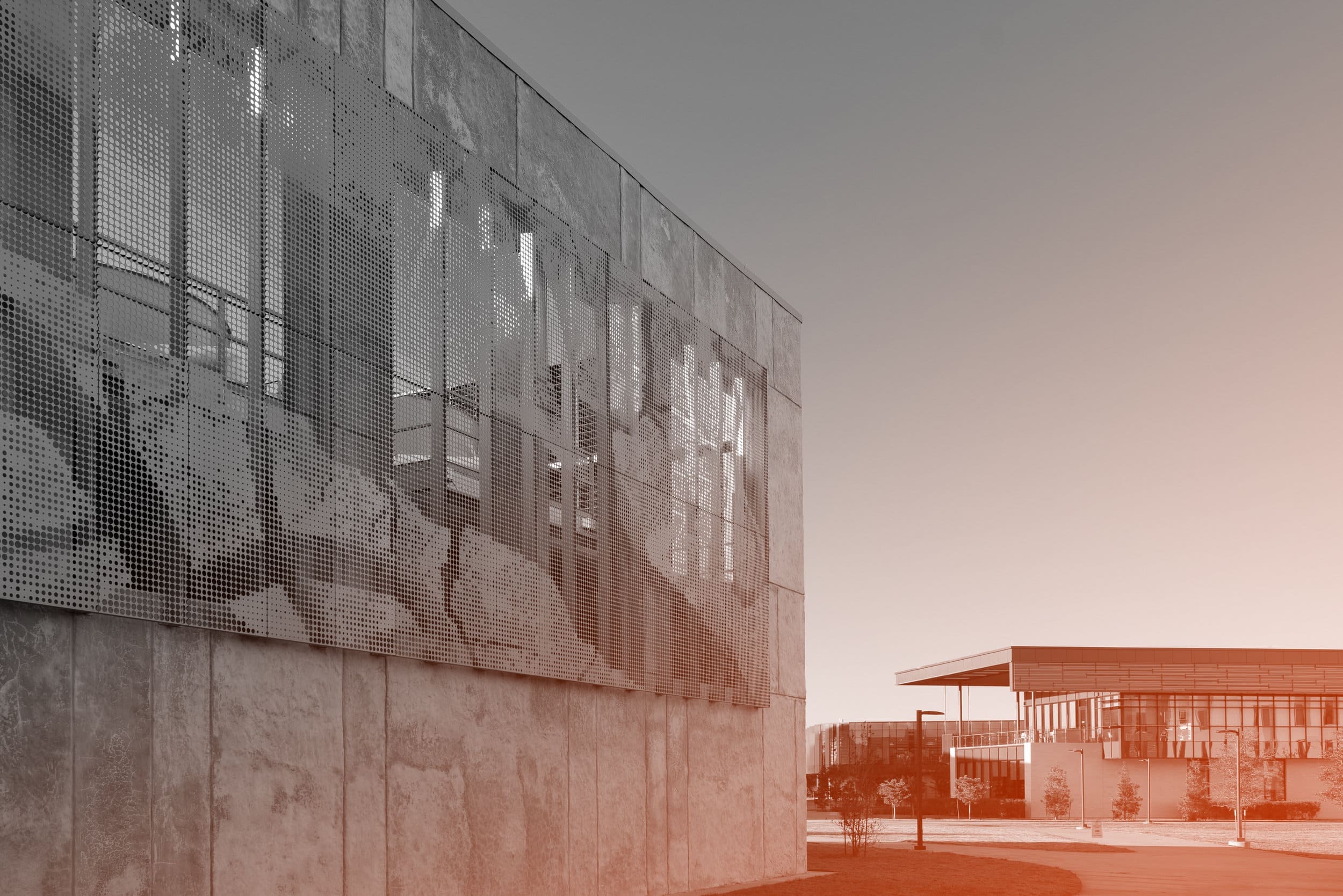
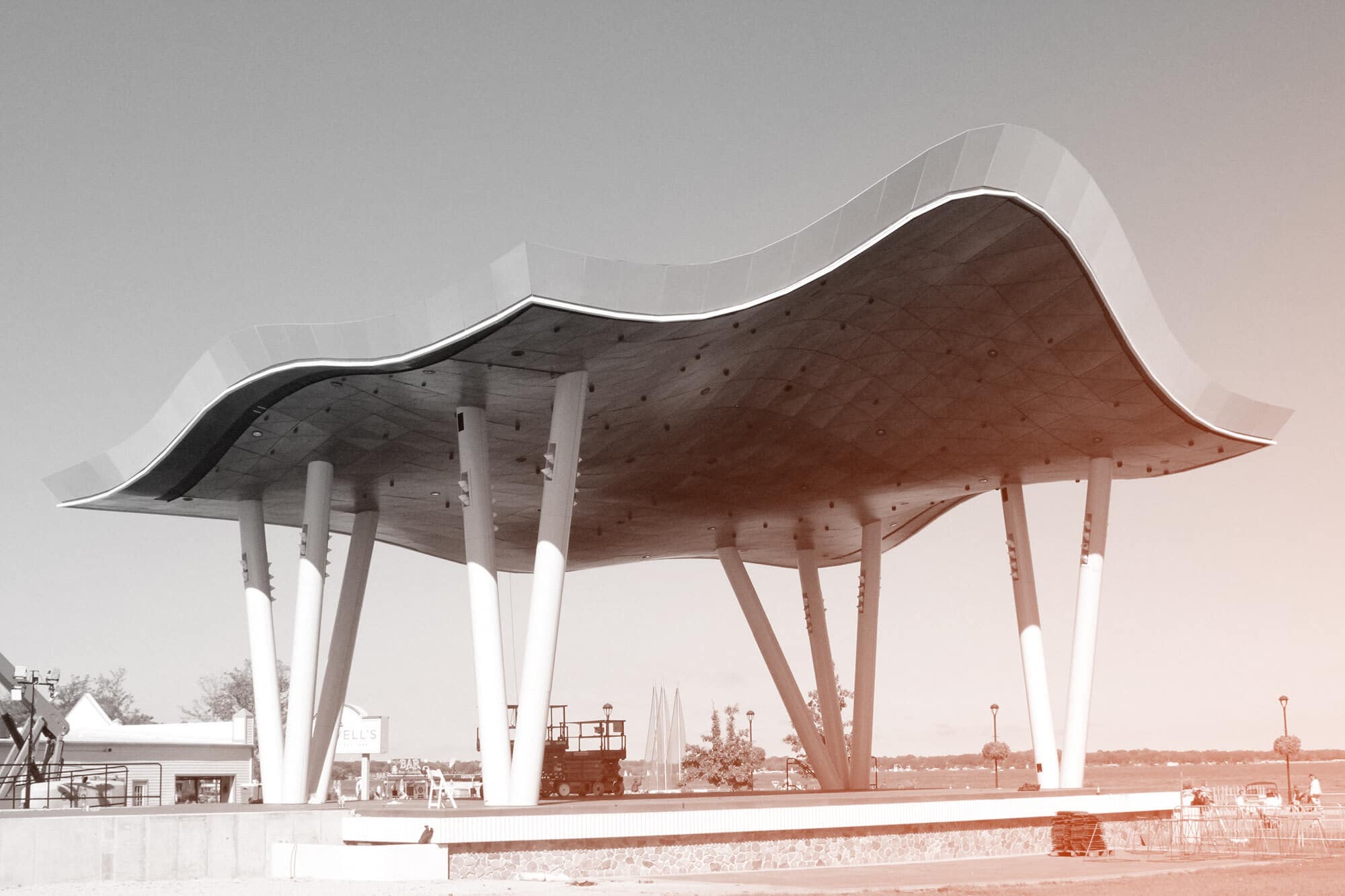






 Ɱ, Creative Commons Attribution-Share Alike 4.0 International license, edited.
Ɱ, Creative Commons Attribution-Share Alike 4.0 International license, edited.

